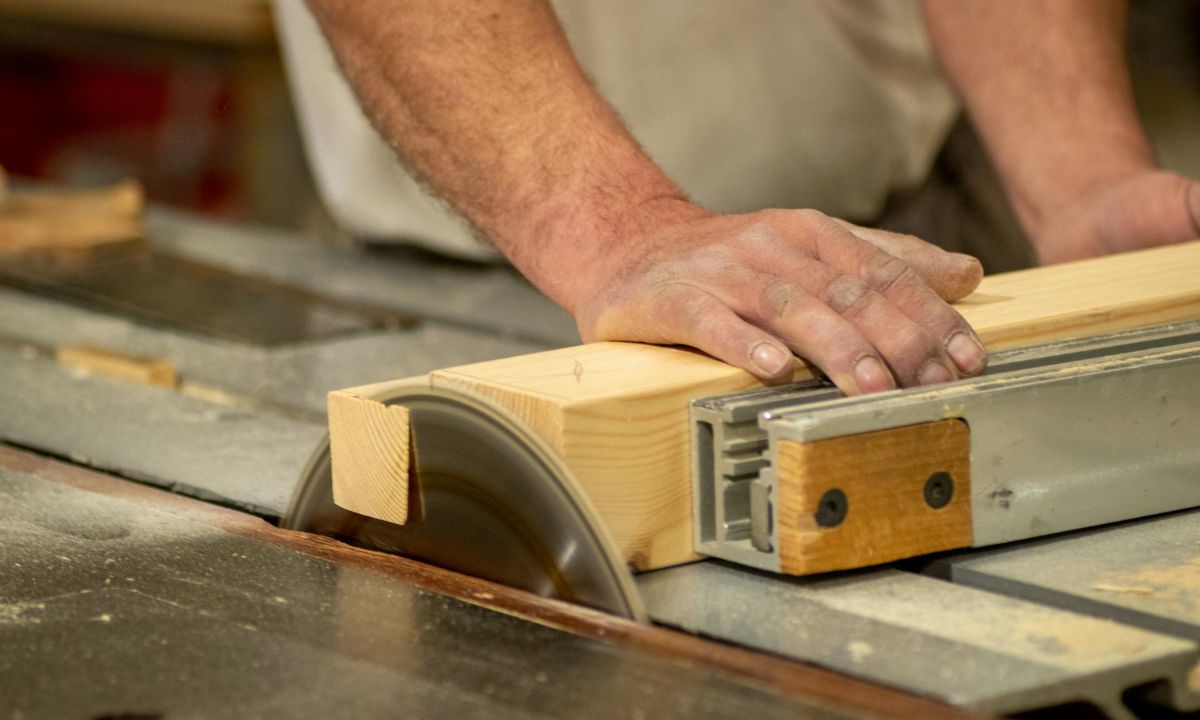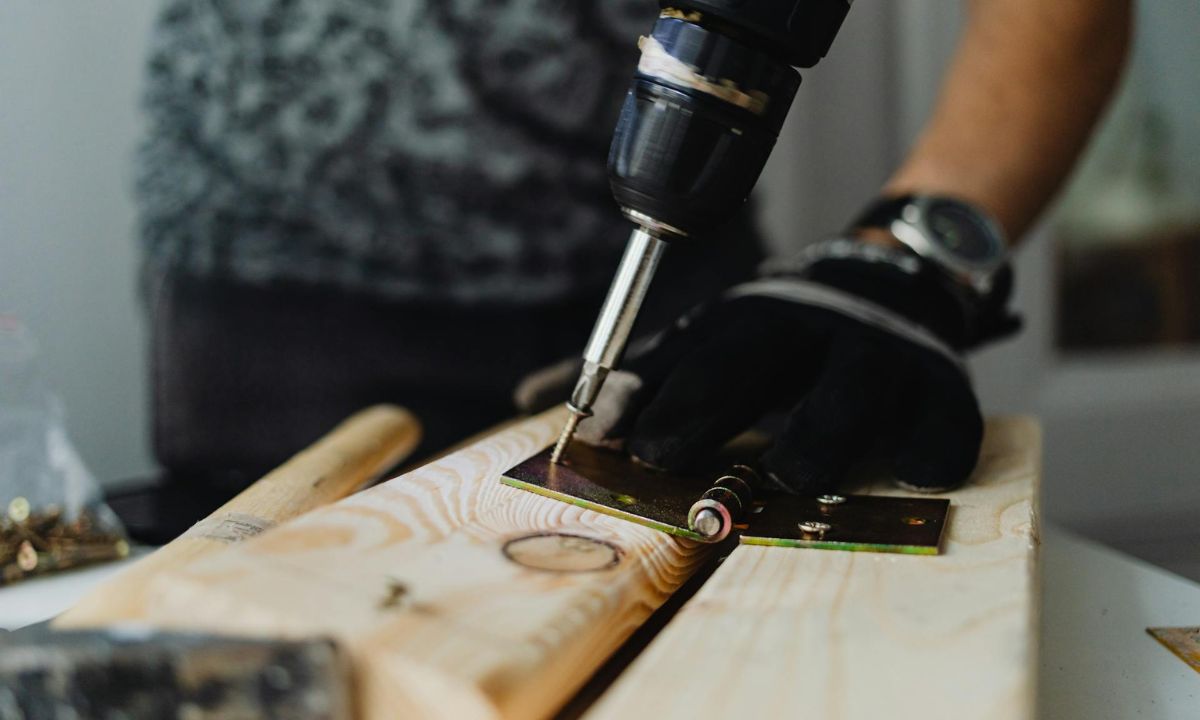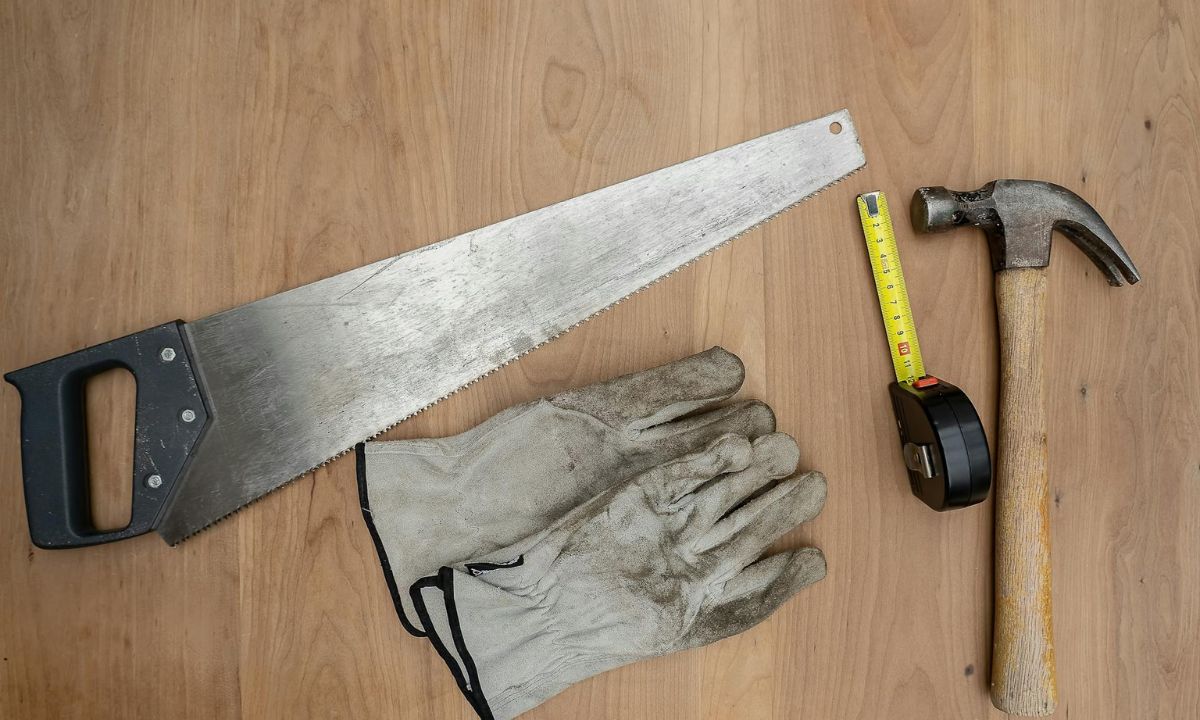How to build a wooden fence? Materials, Tools, and Techniques
Of all those projects that really tie function together with beautification is in building a wood fence. A fence does much to add some privacy and security to your property, along with a great deal of aesthetic pleasure. This step-by-step guide will take both the experienced do-it-yourselfer and the novice who aims to complete their first major project through the steps in constructing a durable yet handsome wooden fence.
Take Your Woodworking to the Next Level! Build 16,000 Woodworking Projects With Step-By-Step Plans
Planning Your Wooden Fence
For your fence to serve the purpose, besides keeping in mind the local regulations, many plans need to be drawn out prior to the actual construction getting started.
Identify Your Purpose
Just decide for what purpose you will be building up a fence, to provide privacy, security or visual appeal or just to hold pets. Most of all of your primary reasons will affect height, style as well as a design of a fence.
Check For Local Regulations
Check your local building code and/or HOA rules for any restrictions. This can be anything from how tall, how the materials sit, or even all three when it comes to a fence. Some locales even require permits to install fencing, and you’ll want to be in compliance to avoid potential headaches later on.
Discuss with Neighbors
If the fence will abut a neighbor’s property, it is courteous and frequently helpful to share your plans with them. They may agree to share the cost or may have preferences affecting your design.
Measure Your Property
Measure Carefully Take length of fence line with a measuring wheel or tape; mark corners and gate locations with stakes run a string line to lay out placement.
Build 16,000 Woodworking Projects With Step-By-Step Plans
Design Considerations

Choose one that appeals to your taste for your property. The most common include:
- Privacy Fence: The panels are solid to provide complete privacy.
- Picket Fence: Low-height fencing with evenly spaced vertical boards, which gives a very traditional look and feel.
- Split-Rail Fence: Horizontal rails, generally for aesthetics or containment of livestock.
All these have their merits, so pick one which will satisfy your goals and desired appearance.
How to Choose the Right Materials
High-quality materials mean long life for your fence.
Wood Type
- Cedar: The natural resistance to rot and insects makes cedar a very popular choice due to its toughness and attractiveness.
- Pine: Pressure-treated pine has low price; does not decay. However may be higher to maintain,
- Redwood: Looks nice with brown color; does not have any bug issues, and can also be pricey.
Hardware
Galvanized or stainless-steel nails, screws, and brackets. Do not let it rust. Good hardware keeps the fence structure for a very long time.
Concrete
Set your posts with ready-mix concrete to give the posts a solid grounding, therefore making the stability of the fence higher.
Tools You’ll Be Needing
Having all the right tools in advance will save you so much hassle during the building process.
- Measuring Tape: for perfect measurements.
- Level: Makes posts and panels straight up and down and horizontal.
- Post Hole Digger or Auger: To make holes for fence posts.
- Hammer or Nail Gun: To pound nails or screws.
- Circular Saw: to cut wood to size.
- Drill with Bits: To pre hole, or to screw.
- String Line and Stakes: Mark path where fence is going.
- Personal Protective Equipment: Gloves, Safety Glasses, and ear protection.
Take Your Woodworking to the Next Level! Build 16,000 Woodworking Projects With Step-By-Step Plans
Preparing the Site
Good site preparation Is the Key to straight and stable fence.
Clear the ground
It means cleaning up obstacles, rocks, debris and vegetation off of the fence line. The land must come fairly level-if that is not so it may be necessary to grade it if it happens to have an extreme slope.
Mark the Fence Line
Mark the exact path your fence will take with stakes and string. That gives a good visual guide to stay on a straight line while constructing.
Find Utilities
Before digging have underground lines marked by local utility companies. This is a very critical safety step to avoid those unfortunate accidents and/or disruptions in utility services.
Setting Posts

Your fence posts give your fence structure backbone, or it provides your fencing with a mode of support, stability, as well as structure.
Calculate Post Spacing
Spacing Most will be at least 6 to 8 feet apart; closer spacing provides evenness and will hold the structure.
Dig holes in the ground either with a post hole digger or an auger to about one-third of the depth plus 6 inches of the total length of the post for the gravel. As such, for a 6 foot above the ground post a 2.5 foot will do. In diameter, this should be approximately three times the width of the post.
Add Gravel to Allow for Drainage
Place 6 inches of gravel in the bottom of each hole, for drainage to prevent pool of standing water from accumulating at bottom of posts.
Insert Posts
Set post in hole, square with level. Fill hole with concrete to within a few inches of ground level. Angle top of concrete to slope away from post for water run-off. Let concrete cure according to package instructions-usually 24 to 48 hours.
16,000 Woodworking Projects With Step-By-Step Plans
Install Rails
Rails go horizontally between the posts. They carry the pickets or panels and serve to tie posts together.
Measure and Cut Rails
Cut rails for fitment between posts. Consider the lap joint, even metal brackets when attaching those to add to rail strength.
Rail Attachment to Posts
Two and three rails will be up across a given area depending on how you envision that area; several common ways placements are as below:
- Two Rails: Those can be at about top or bottom.
- Three Rails: One at top, one on the bottom and one in between.
Rail installation to Posts Using galvanized nails or screws is attaching the rail to post-fasteners that also ensure rails keep straight.
The Installation of Pickets or Panel
Now, with the frame up it is the time the vertical boards which will actually comprise the body of the fence would be installed.
Choose your Style of Installation
- Individual Pickets: Allows for flexibility in spacing and design.
- Preassembled Panels: Speed installation and offer uniformity.
How to Install Individual Pickets
- Starting in a Corner: Start at an end or corner post.
- Picket Spacing: A spacer and that is usually a piece of wood or a contrived measuring device for the spacing of the pickets.
- Attach Pickets: Nail or screw each picket to rails using galvanized nails or screws with a check on plumb.
Installing Pre-assembled Panels
- Attach Panel: Place the panel between the posts; set it on the gravel board or spacers to get it off of the ground.
- Attach the Panel: Screw or bracket the panel to the post making sure it is level.
Take Your Woodworking to the Next Level! Build 16,000 Woodworking Projects With Step-By-Step Plans
Finishing Touches

These steps will complete the look of your new fence and add decades to its useful life.
Trim Tops of Posts
Using a circular saw, cut off the tops of any posts higher than the others from the top of the fence. Nail the post caps on for appearance’ sake and also to prevent water seepage into the posts.
Apply the Protective Finish
Bring your wood fence to life with a great sealant, stain, or paint. That finish protects the wood against water, sunlight, and even the insects. Apply on fully dry wood and follow the instructions on the packaging for the ultimate effect.
Install Gates
Attach the gate if your design calls for it, after everything else is attached. Square up the gate framing and attach robust hinges and a latch that would bear the load and facilitate operation with ease. Keep this adjusted regularly so as to ensure this swings easily and the latch is appropriate.
Maintenance Tips
It can last for generations to come with good maintenance. A few tips about maintaining your fence are given below:
- Regular Inspection: The fence should be checked regularly for rotting or insect infection and loose boards. The problem that might arise should be attended to without allowing further deterioration to set in.
- Cleaning: It should be cleaned from dirt, mildew, and debris using mild detergent with water. A high-pressure washer will serve effectively at the same time, but this should be handled carefully not to damage the wood.
- Reapplication of Protective Finish: Reapplication is generally necessary within a few years either because of weather or type of finish, applying sealant, stain, or paint for protection and attractiveness.
- Vegetation Control: Vegetation and vines should be kept off the fence, since they contribute to trapping moisture against the wood, hence hastening the process of decaying the wood.
- Contact with the Soil: Allow the bottom of the fence not to be in contact with soil or mulch for a long period as that accelerates its decay. There should be ample drainage along the fence line.
Build 16,000 Woodworking Projects With Step-By-Step Plans
Conclusion
Most rewarding jobs involved in putting up a fence are those protecting property against intrusion of privacy, hence securing it, while adorning and generally increasing its appeal in terms of value. With this full tutorial, you would be able to make a fence yourself and hence fulfill the practical need of yours turning out to be a good accessory toward your house. It also means that a well-planned, high-quality material with on-time renewal translates to a very strong fence, possibly to outlive time and all kinds of violent weather.
Can You Make Money Selling Woodworking Projects?
What Woodworking Project is Most Profitable?
How to Make Money Fast with Woodworking?
What is the Highest Paid Woodworker?
Is Woodworking a Good Business to Start
What is the Best Platform to Sell Woodworking Projects?
How to Sell Wooden Items Online?
Woodworking Related Topics And Tags: wooden fence, DIY fence, fence construction, fence building, outdoor projects, home improvement, wooden fence installation, DIY projects, fence materials, outdoor fencing, home improvement guide, wood fence tips, fence building steps, privacy fence, wooden fence installation, outdoor decor, DIY wooden fence, privacy fence building, wooden fence tutorial, home fence installation, outdoor DIY projects
